python有趣用法汇总
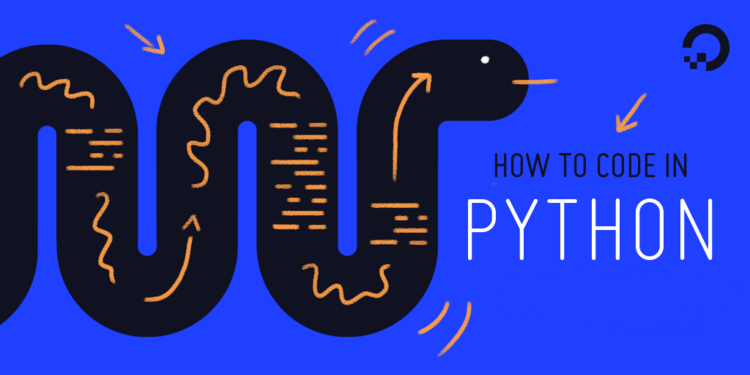
使用python过程中经常会不经意间遇到非常有趣的用法,于是特意搜集了一些
有趣的用法
1.for-else用法
循环正常结束则执行else语句。一般用于循环找符合条件的元素,如果找到则break调出循环,不会触发else;如果没有找到(完整运行循环)则print not found
《Effictive Python》一书中对for-else用法提出了质疑,主要观点是可以通过封装成函数来取代这一用法,而封装成函数是更加通用易懂的做法,所以一般不会使用for-else用法。
2.try-else用法
如果没有触发异常就执行else
参考这里
3.解包用法
类似这样a,b,c = ['a', 'b', 'c']
4.单行if-else
a = 1
b = 3
if a == 1
else 2
print('it is one' if a == 1 else 'no')
5.迭代器传入函数中不用加括号
# 一般是这样
a = (i for i in range(10))
sum(a)
# 我们可以这样
sum((i for i in range(10)))
# 但我们还可以这样
sum(i for i in range(10))
# 类似的有
' '.join(str(i) for i in range(10))
7.or的用法
python中x or y表示如果x为真就是x的值,否则为y的值
我们会经常看到类似这样的用法(比如函数的一个value参数没有设置默认值,这样使用就允许它不赋值)
value = value or {}
# 相当于
value = value if value else {}
8.and的用法
python中x and y表示如果x是假,结果就是x的值,否则就是y的值
x and y and z多个and连接时,如果全是真结果就是最后一个的值;如果中间有假的值,结果就是第一个假的值
举一个例子
def not_empty(a):
return a and a.strip()
not_empty(' a ')
# 值为 'a'
not_empty(None)
# 不会报错(如果 return a.strip() 就会报错)
# 在处理None的问题上相当于
def not_empty(a):
if a is None:
return None
else:
return a.strip()
细细品味and和or的差别,他们逻辑类似,但是实现的功能是不可以相互替代的
- or 是结果如果不满意有个善后工作
- and是要做一件事之前先检验一下,不能做就不让它做
9.if value:
# 要用
if value:
# 不要用
if value == True:
这里总结一下这种情况下什么时候是True,什么时候是False
False: 0 0.0 '' [] {} () set() None False
True:
' ' 'anything' [''] [0] (None, )- 没有内容的可迭代对象
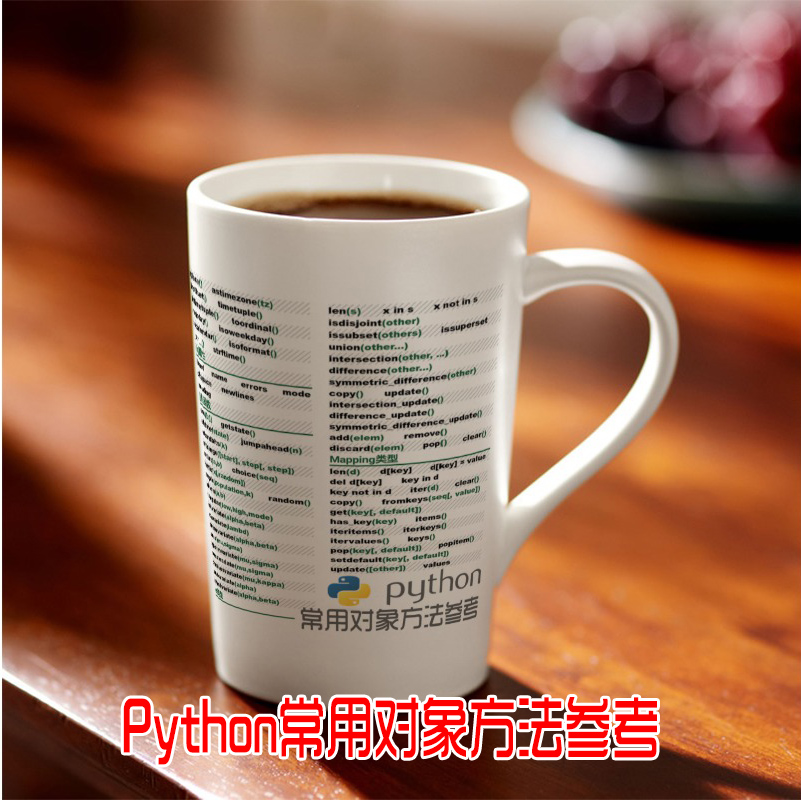 另外要注意一点,我们用
另外要注意一点,我们用if判断一个对象是不是None的时候,要if a is None而不要直接if a,因为如果是后者,有非常多不是None的情况也会判定为False,比如空字符串、空列表等,为了精确指定None还是要用前者,这也是一种规范。
10.下划线的特殊使用
python中下划线是一种特殊的变量和符号,有一些特殊的用途
11.文档字符串
python有一种独一无二的注释方式,在包、模块、函数、类中第一句,使用'''doc'''这样三引号注释,就可以在对象中用__doc__的方式提取
比较规范的写法是这样的(这里参考grequests模块的写法)
def myfun(a, b):
'''add two numbers
:param a: one number
:param b: another number
:returns: a number
'''
print(a + b)
print(myfun.__doc__)
# 结果为
add two numbers
:param a: one number
:param b: another number
:returns: a number
其实参数还有其他的写法,如numpy库的写法,可以看这里
除此之外,函数注释还有另一种方式,函数名可以直接调用某个参数的注释,详见Python 的函数注释。还可以参考PEP 257
有用的函数
1.sum的本质
本质:sum(iterable, start=0)将可迭代对象使用+连接
所以sum([[1,2],[3,4]], [])返回结果为[1, 2, 3, 4]
2.range(start, stop[, step])
可以直接用for i in range(10, 0, -1)降序循环
3.enumerate循环索引
for index, item in enumerate(['a', 'b', 'c']):
print(index, item)
输出:
0 a
1 b
2 c
4.管道操作
func1(func2(func3(a)))写成类似a %>% func3 %>% func2 %>% func1,清晰展示函数执行的顺序,增强可读性
python本身不带有这样的用法,只是一些库提供了这样的用法,比如pandas和syntax_sugar
其他
另外,就是一些基础的
- 列表推导式
- 装饰器
- 生成器
map reduce filter- 链式比较
- 类的魔术方法
阅读优秀的代码也是提高编程水平的好方法,参考下面这个问题
初学 Python,有哪些 Pythonic 的源码推荐阅读?
学习代码规范可以参考下面资料
更新补充
- for-else的更多讨论
下面引用《Effictive Python》一书中内容
“
a = 4 b = 9
for i in range(2, min(a, b) + 1):
print(‘Testing’, i)
if a % i == 0 and b % i == 0:
print(‘Not coprime’)
break
else:
print(‘Coprime’)
“
随后作者写到:
In practice, you wouldn’t write the code this way. Instead, you’d write a helper function to do the calculation. Such a helper function is written in two common styles.
The first approach is to return early when you find the condition you’re looking for. You return the default outcome if you fall through the loop.def coprime(a, b):
for i in range(2, min(a, b) + 1):
if a % i == 0 and b % i == 0:
return False
return TrueThe second way is to have a result variable that indicates whether you’ve found what you’re looking for in the loop. You break out of the loop as soon as you find something.
def coprime2(a, b):
is_coprime = True
for i in range(2, min(a, b) + 1):
if a % i == 0 and b % i == 0:
is_coprime = False
break
return is_coprime
结尾:
Both of these approaches are so much clearer to readers of unfamiliar code. The expressivity you gain from the else block doesn’t outweigh the burden you put on people (including yourself) who want to understand your code in the future. Simple constructs like loops should be self-evident in Python. You should avoid using else blocks after loops entirely.
总结起来就是for-else的优势是可以被写函数的方式替代的
你也许感兴趣的:
- Python 正在逐步移除 GIL,这对 Python 开发者意味着什么
- Python 打包工具 Setuptools 最近的颠覆性变化
- 掌握 Python 3.8+ 中的海象操作符 (:=)
- Python 3.14 中的最佳新功能和修正
- 7 个精妙的 Python 内置命令行技巧,让您的编程更轻松
- Python 3.14 的 3 个语法更新将使您的代码更安全、更好用
- 14 个 Python 高级功能
- Python 的新 t-strings
- Python 异步编程的 9 个级别
- 您不应该再使用的 11 个过时 Python 模块


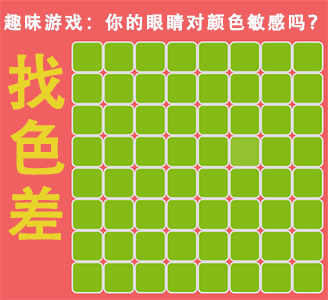
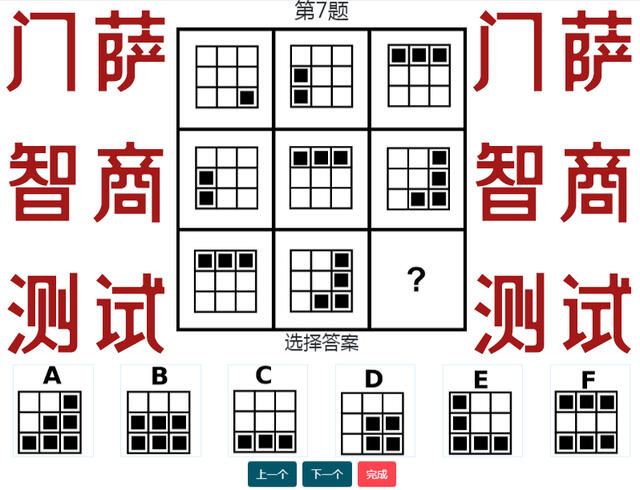



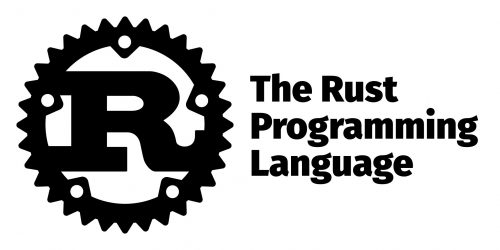








你对本文的反应是: